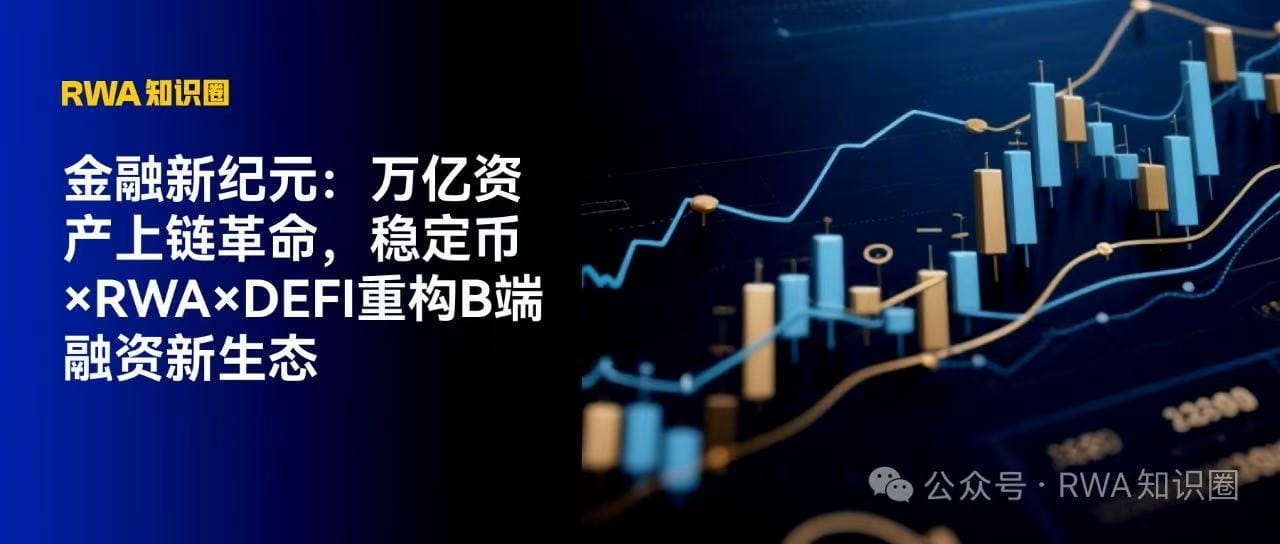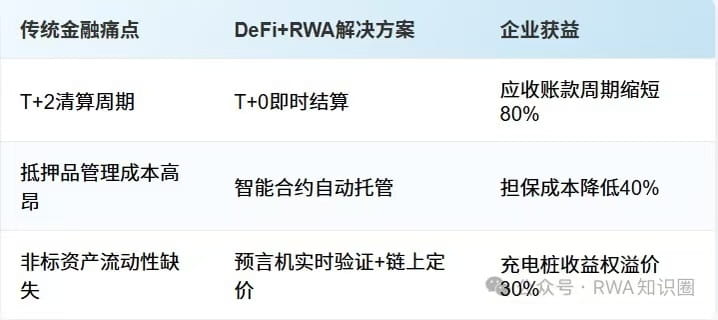
1. Global Launch: Regulatory Restructuring and Paradigm Revolution
The global regulatory landscape is reconstructing crypto asset rules at an unprecedented speed. The implementation of the EU MiCA regulation, the passage of the US GENIUS Act, and the Hong Kong Monetary Authority's promotion of the Ensemble project sandbox... Behind various countries' rush to introduce stablecoin legislation is a competition for digital financial sovereignty. The deeper reason lies in the fact that the 'stablecoin + RWA + DeFi' model is subverting traditional financial infrastructure, becoming the key magnet to attract trillions of dollars of assets on-chain. For small and medium-sized enterprises that hold assets but are trapped in financing efficiency dilemmas, the core value of this financial revolution lies in addressing three major pain points: difficulty in global capital access, difficulty in non-standard asset pricing, and high cross-border settlement costs.
2. Stablecoins: The 'Value Anchor' for Trillions of Dollars of Assets on Chain
As the cornerstone connecting the real world and the on-chain ecosystem, stablecoins provide the core value scale and circulation medium for the RWA system. Although the TVL of the RWA sector has reached a new high of $12.863 billion, it still seems negligible compared to the global $800 trillion of real assets. The bottleneck lies in the absence of stablecoins—this is particularly fatal for B-end enterprises facing dual dilemmas:
Liquidity fragmentation: Traditional cross-border payments require 3-5 days for settlement, with annual friction costs exceeding 4%.
Asset pricing blind spots: Non-standard assets such as charging pile revenue rights lack a global valuation reference.
Its empowerment of the real economy has shown signs of dawn: BlackRock's BUIDL government bond fund has achieved tokenization for 24/7 income-generating asset trading; Longshine Group has tokenized charging pile revenue rights through blockchain technology, opening financing channels for operators lacking collateral.
When stablecoins become reliable on-chain base currencies, the non-standard assets of small and medium-sized enterprises (such as accounts receivable, equipment revenue rights) gain the momentum to go on-chain—tokenized private credit and government bonds account for 92% of the RWA market share, with a scale increase of 260% to $23 billion in the first half of 2025, signaling the arrival of the wave of B-end assets going on-chain.
3. DeFi Engine: The 'Financial Operating System' Driving RWA Value Disruption
With stablecoins laying the value foundation and RWA completing asset digitization, DeFi protocols become the core engine for releasing value. This 'automated financial factory' integrates RWA and DeFi modules through composability, directly addressing the three major financial pain points of small and medium-sized enterprises:

Smart contracts are reshaping the credit system: The American company Figure has minted $12 billion in mortgages into on-chain eNotes, replacing paper notes, reducing the cost of a single loan by over 100 basis points, and compressing settlement time from weeks to days (95% of loans operate in this system). Meanwhile, small and medium-sized enterprises with weak technical reserves are being isolated from this efficiency revolution due to high technological barriers such as smart contract development and oracle deployment—this dilemma precisely reveals the key battleground for the next stage of breakthroughs: how to inject liquidity into non-standard assets, dismantle cross-border barriers, and overcome the peaks of technical compliance risks.
4. New Financial Landscape: Path to Breakthrough and Future Vision
As the efficiency revolution driven by 'stablecoin-RWA-DeFi' reconstructs financial infrastructure, the liquidity dilemma of non-standard assets, high costs of cross-border settlements, and high technical compliance barriers faced by small and medium-sized enterprises are welcoming systematic solutions. The low collateral rate dilemma of traditional financial systems for assets like charging pile revenue rights is being overturned by a 33% premium rate brought about by compliant tokenization; cross-border payments are transitioning from 3-5 days for settlement and 4%-6% friction costs to second-level T+0 clearing and 0.5% smart contract costs, unleashing unprecedented efficiency dividends; Hong Kong's profit tax exemption policy and the improvement of Singapore's KYC framework have further reduced the technological compliance threshold from tens of millions of investment to an affordable range.
The asset tokenization revolution predicted by BlackRock CEO Larry Fink has reached a critical point. Stablecoins create a settlement cornerstone, RWA carries asset value, and DeFi activates financial efficiency—small and medium-sized enterprises only need to leverage professional forces to achieve technological packaging and compliance penetration, turning physical assets into credible nodes in the global capital market. When cross-border trade settlements are compressed from days to seconds, and billion-dollar-level settlements are automatically executed by smart contracts, this transformation driven by a trinity architecture is permanently reshaping the genetic chain of the financial system.



